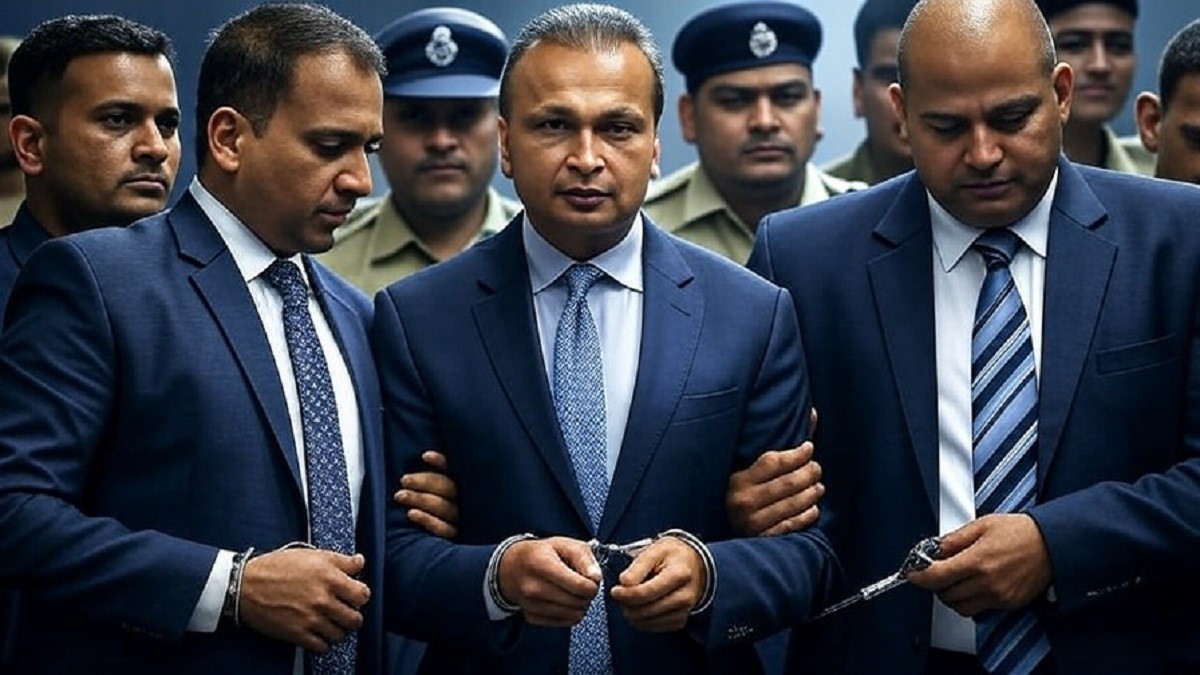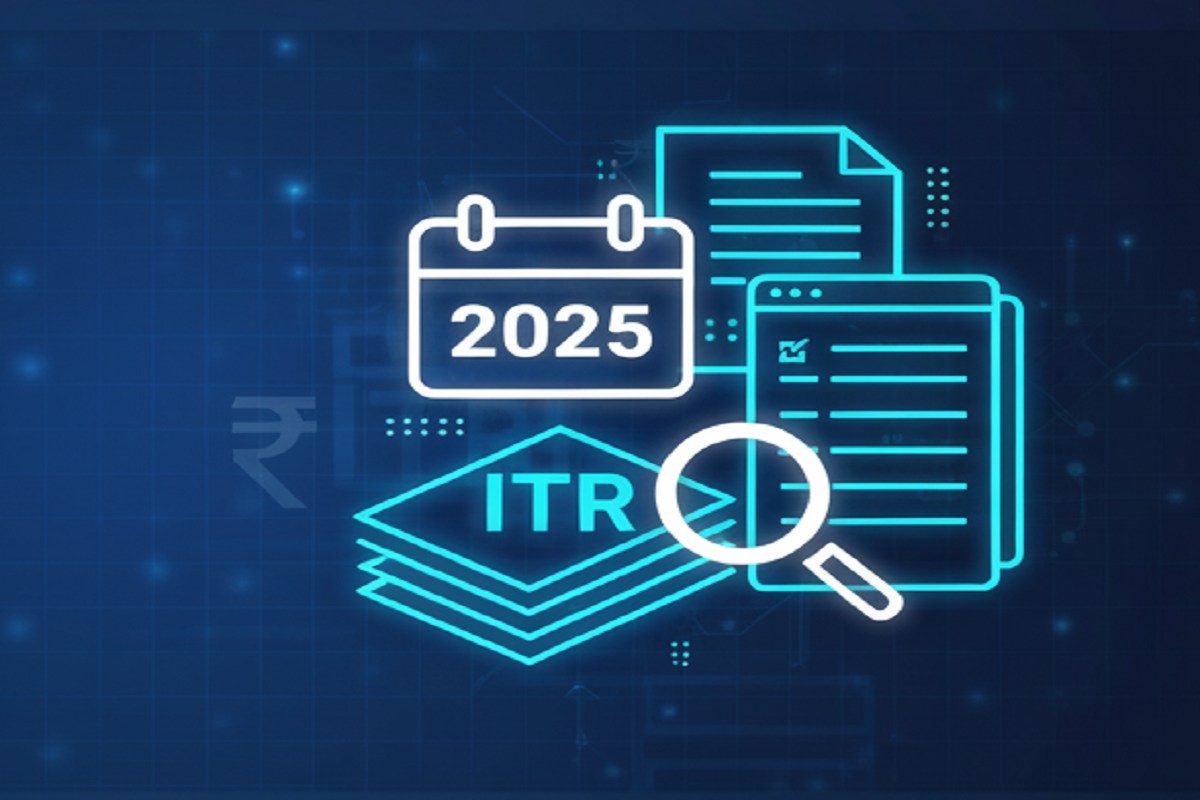The Anil Ambani bank fraud case took a decisive turn this week as India’s CBI registered an FIR naming Reliance Communications (RCom) and Anil Ambani on a complaint from the State Bank of India (SBI) alleging a loan fraud of roughly ₹2,929–3,000 crore. Investigators conducted searches at premises linked to Mr. Ambani and RCom, even as he publicly denied the allegations and vowed to contest them. In parallel, the Enforcement Directorate (ED) continues a broader money-laundering probe tied to alleged diversion of bank funds and questionable transactions connected to group entities.
What Exactly Has Happened So Far?
- CBI FIR on SBI complaint (≈₹3,000 crore): The CBI opened a criminal case naming RCom, director Anil Ambani, unidentified public servants, and others after SBI alleged that loan proceeds were misused/diverted, causing losses to the bank. Same-day raids/searches followed at locations linked to Mr. Ambani and RCom.
- Public denial by Anil Ambani: Mr. Ambani has denied the charges, saying he is being “singled out” and will defend himself in due process.
- ED’s wider action (July): The ED earlier searched 30+ premises linked to Anil Ambani group entities in a case connected to alleged loan fraud/money laundering, including issues tied to Yes Bank exposures.
- Contextual nuance: Not every label has stuck—e.g., Canara Bank told the Bombay High Court in July 2025 it had withdrawn a 2024 order that had declared an Ambani-linked account as “fraudulent,” underscoring how fluid banking classifications can be during litigation.
Important: These remain allegations under investigation. No court has determined guilt at this stage.
The Core Allegations (As Reported)
- Diversion/Misuse of Bank Funds: SBI’s complaint alleges that parts of sanctioned loans to RCom were diverted to group entities or for unauthorized purposes, rather than the stated end-use. The FIR enables the CBI to seize records, question individuals, and reconstruct fund flows.
- Questionable Related-Party Transactions: Earlier probes and media reports have flagged transactions among group firms and counterparties allegedly connected to the broader Yes Bank episode; the ED is examining whether any such flows constitute proceeds of crime.
- Management Responsibility vs. Denial: Mr. Ambani’s position—categorical denial and assertion that he is being unfairly targeted—will form the backbone of the defense strategy, likely focusing on board processes, insolvency timelines, and auditor sign-offs.
How Did We Get Here? A Quick Timeline
- 2016–2019 (Banking exposure years): Lending to RCom and allied entities accumulates across multiple lenders, including SBI and Yes Bank, against a backdrop of a shifting telecom market and rising debt. (Background; specific exposures vary by lender.)
- 2019–2020: RCom enters insolvency; lenders initiate recovery under IBC.
- 2024–2025: Financial-crime agencies revisit old exposures amid fresh forensic audit inputs and inter-agency information-sharing.
- July 24–26, 2025: ED conducts multi-day searches at dozens of premises linked to Anil Ambani group companies.
- Aug 23–24, 2025: CBI registers FIR on SBI’s complaint (≈₹2,929–3,000 crore), raids locations tied to Mr. Ambani and RCom; Ambani denies all charges.
What Charges Could Be in Play?
While the exact sections will be clear from the CBI FIR and subsequent charge-sheet, cases of alleged loan fraud typically invoke IPC provisions around criminal conspiracy and cheating, and Prevention of Corruption Act sections where public officials are involved. The ED may proceed under PMLA to examine whether any alleged diversion amounts to money laundering (i.e., dealing with “proceeds of crime”). These are allegations pending proof in court; the defense may challenge intent, beneficial ownership, board oversight, and end-use certifications.
Why This Case Matters for India Inc (and You)
- Banking Clean-Up & NPAs: The case underscores India’s ongoing push to address legacy NPAs and enhance credit discipline in large corporate lending. Outcomes here could influence how banks structure covenants, monitor end-use, and demand real-time disclosures.
- Forensic Audits as Standard: Expect more forensic reviews during stressed-asset resolutions. Boards will likely insist on stronger internal controls and independent director oversight for related-party transactions.
- Investor Signalling: For equity and credit investors, the signals are mixed—tougher enforcement can lower long-run risk in the system but may increase near-term volatility in names under probe.
Impact on Stakeholders
- Lenders: SBI’s step could embolden other creditors to re-scrutinize old exposures, pursue personal guarantees, or escalate matters where forensic flags exist.
- Bondholders/Shareholders: If probes escalate, investors may see headline risk and mark-to-market swings. Watch for disclosures in exchange filings from implicated entities.
- Employees & Vendors: Insolvency and investigations typically slow decision cycles, impacting vendor payments and capex; however, court-approved resolutions can eventually clear liabilities and stabilize operations.
- Regulators & Courts: Outcomes will inform IBC jurisprudence, bank fraud classification protocols, and SEBI expectations on related-party governance.
What to Watch Next (Investor Checklist)
- CBI’s Next Steps: Look for summons, questioning of officials, and possible arrests if evidence supports it. The charge-sheet (if filed) will crystallize the case narrative.
- ED Attachments/Provisional Orders: ED may seek to attach assets deemed linked to alleged proceeds of crime, subject to PMLA adjudication.
- Courtroom Calendar: Interim reliefs, anticipatory bail, quashing petitions, and IBC hearings can materially affect timelines and investor sentiment.
- Forensic Audit Disclosures: Any new audit findings or bank consortium statements could alter the risk picture.
- Regulatory Ripples: Watch for SEBI actions tied to disclosure lapses or RPT governance if flagged by investigators. Recent coverage indicates a stricter stance on settlement leniency in high-profile matters.
Editorial Note on Due Process & Fair Coverage
The Anil Ambani bank fraud story is fast-moving. Allegations reported by agencies and mainstream outlets are being contested by the named parties. As always, a balanced view requires:
- Treating all claims as allegations until adjudicated.
- Avoiding stigma by separating corporate distress (e.g., market collapse, IBC) from criminal intent, which must be proven.
- Tracking official filings and court orders rather than rumor or inference.
Frequently Asked Questions (FAQs)
No. No court has determined guilt. The CBI FIR begins a formal criminal investigation; Mr. Ambani denies the allegations. The matter will proceed through investigation, charge-sheet (if any), and trial.
SBI’s complaint references losses of around ₹2,929–3,000 crore linked to RCom-related loans.
The ED is examining whether any alleged diversion of bank funds involves money laundering and has searched 30+ locations tied to group entities (July 2025).
Authorities typically seize documents, devices, and transaction records; specifics emerge later in court filings or official briefings. Media reports cited document recoveries during July searches.
Not universally. For instance, Canara Bank told the Bombay High Court (July 2025) it withdrew a 2024 order declaring an Ambani-linked account “fraudulent,” showing how such labels can change pending evidence and due process.









